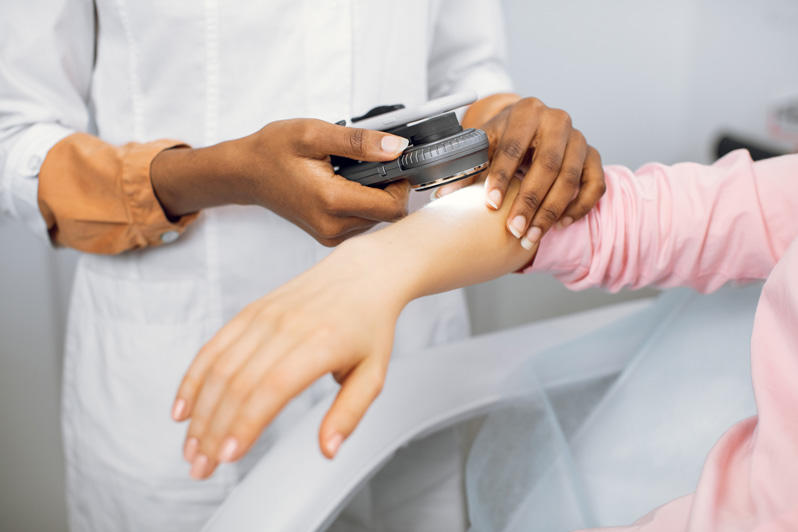Protect yourself from skin cancer risks and prevention methods.
Protect yourself from skin cancer risks and prevention methods.
Blog Article
Browsing Skin Cancer Cells Treatment: The Vital Function of Mohs in Modern Dermatology Practices
Skin cancer, a difficult medical diagnosis, frequently leaves people facing countless therapy options. Among these, Mohs surgical treatment stands as a beacon in modern-day dermatology, renowned for its careful method to cancer removal and preservation of bordering healthy and balanced tissue. This ingenious technique guarantees not just remarkable cosmetic results but also provides immediate outcomes, relieving patient anxiety. As we discover the details of this procedure, one will certainly appreciate its pivotal function in skin cancer treatment.
Recognizing Skin Cancer: Kinds and Risks
Skin cancer cells, a possibly serious condition, is much more common than many people understand. This disease, brought on by the uncontrolled development of abnormal skin cells, mostly results from DNA damages due to exposure to the sunlight and ultraviolet (UV) light. There are 3 main sorts of skin cancer: Basic cell cancer, Squamous cell carcinoma, and Melanoma. While the previous two are less deadly and compose most of diagnosed situations, cancer malignancy is one of the most dangerous. It represents just concerning 1% of skin cancer cells instances but causes the large majority of skin cancer deaths - dermatologist. Risk elements include fair skin, history of sunburn, excessive sun exposure, living at high altitudes or close to the equator, having numerous moles, a household history of skin cancer, and compromised immune system.
What Is Mohs Surgical procedure and Exactly How It's Reinventing Skin Cancer Cells Therapy
Despite the numerous therapies currently offered for skin cancer, Mohs surgical procedure stands apart as a groundbreaking and highly efficient solution. Called after Frederic E. Mohs, the physician that developed the treatment, Mohs surgery is a specific surgical strategy utilized to deal with skin cancer. Throughout the procedure, slim layers of cancer-containing skin are progressively eliminated and examined up until only cancer-free tissue continues to be. This technique allows the specialist to validate that all cancer cells have been removed at the time of surgery. Read Full Article This level of accuracy, combined with the ability to save as much healthy and balanced cells as possible, is reinventing skin cancer cells treatment. Because of this, Mohs surgery has come to be a cornerstone of contemporary dermatology techniques.
The Advantages of Mohs Surgical Treatment Over Standard Skin Cancer Cells Treatments
Structure on the innovative nature of Mohs surgery, it's critical to consider its countless benefits over standard skin cancer therapies. Unlike conventional treatments, Mohs provides a higher cure rate, commonly reaching 99% for newbie treatments and 94% for frequent cancers. Furthermore, it decreases damage to healthy skin, leading to less scarring and boosted aesthetic outcomes.
The Procedure of Mohs Surgical Procedure: What to Anticipate During the Process

Possible Negative Effects and Post-Operative Treatment of Mohs Surgical Procedure
Going through Mohs surgical procedure, like any type of various other procedure, includes possible negative effects that people ought to be mindful of. Common adverse effects include discomfort, wounding, and swelling at the surgery site. These are usually momentary and manageable with over the counter discomfort medication and ice packs. In unusual cases, people may experience infection, bleeding, or a sensitive reaction to the regional anesthetic. Post-operative treatment is essential to recovery and reducing adverse effects. This typically includes maintaining the injury clean and completely dry, taking proposed drugs, and avoiding arduous tasks. Patients need to additionally attend all follow-up visits for injury care and surveillance. Sometimes, additional treatments might be required to make sure total removal of the malignant cells. Complying with these post-operative treatment standards can considerably improve healing and results.
Conclusion

Report this page